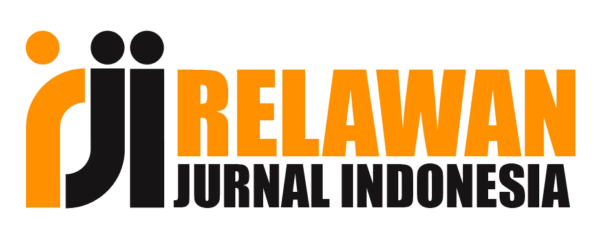DESAIN INTRUMEN TES KREATIVITAS ILMIAH BERBASIS HU DAN ADEY DALAM MATERI KEBUMIAN
Abstract
sains, sehingga diperlukan tes khusus untuk mengukurnya. Penelitian ini bertujuan mengembangkan instrumen tes kreativitas ilmiah pada siswa SMP terkait materi kebumian. Instrumen tes disusun berdasarkan adaptasi dan modifikasi tes kreativitas ilmiah Hu dan Adey (2002). Metode penelitian yang
digunakan adalah metode penelitian dan pengembangan model instruksional 4D (define, design, develop, and disseminate) yang dibatasi hanya sampai tahap 2D(define and design). Sebanyak tujuh soal dimodifikasi dengan menyisipkan materi kebumian. Soal dikembangkan ke dalam bentuk semi-open
question yang memungkinkan siswa dapat memilih pilihan jawaban/tidak memilih/menuliskan jawaban alternatif pada kolom kosong.Melalui tahap define dan design yang dilakukan, telah dikembangkan instrumen tes kreativitas ilmiah untuk siswa SMP dalam materi kebumian berbasis instrumen tes kreativitas
ilmiah oleh Hu dan Adey.
Full Text:
PDF (Bahasa Indonesia)References
Pacific Policy Research Center, 21st Century
Skills for Students ang Teachers, Honolulu:
Kamehameha School, Research &
Education Division , 2010.
B. Trilling dan C. Fadel, 21st Century Skills:
Learning for Life in Our Times, United State
of America: Wiley Publisher, 2009.
E. Torrance, Torrance Tests of Creative
Thinking, Beaconville, IL: Scholastic Testing
Service, 1990.
W. Hu dan P. Adey, “A Scientific Creativity
Test for Secondary School Students,”
International Journal of Science Education,
pp. 389-403, 2002.
D. MacKinnon, “Creativity: A multi-faceted
phenomenon. In J. D. Roslansky,” dalam
Creativity: A discussion at the Nobel
conference, Amsterdam: North Holland,
A. J. Cropley, “Defining and measuring
creativity: Are creativity test worth using?,”
Roeper Review, vol. 23, no. 2, pp. 72-79,
M. J. Moravcsik, “Creativity in Science
Education,” Science Education, John Wiley
& Son, Inc., vol. 65, pp. 221-227, 1981.
E. S. Pekmez, H. Aktamis dan B. C. Taskin,
“Exploring Scientific Creativity of 7th Grade
Student,” Journal of Qafqaz University , vol.
, no. 5, pp. 204-214, 2009.
P. Alexander, “Domain knowledge: Evolving
themes and emerging,” Educational
Psychology, 27, pp. 33-51, 1992.
T. Amabile, “The motivation to be creative.
In S. G. Isaken (Ed.),” dalam Frontiers of
creaivity research: Beyond the Basic,
Buffalo, NY: Bearly, 1987.
C. Lin, W. Hu, P. Adey dan J. Shen, “The
Influence of CASE on Scientific Creativity,”
Research in Science Education , pp. 143-
, 2003.
S. Thiagarajan , D. S. Semmel dan M. I.
Semmel, Instructional Development for
Training Teacher of Exceptional Childre,
Minneapolis, Minnesota: Leadership Training Institute/ Special Education,
University of Minnesota, 1974.
M. Stoetzler dan N. Y. Davis, “Standpoint
theory, situated knowledge and the situated
imagination,” SAGE Journal, vol. 3, no. 3,
pp. 315-333, 2002.
A. Glerum, B. Atasoy dan M. Bierlaire,
“Using semi-open questions to integrate
perceptions in choice model,” Journal of
Choice Modelling, vol. 10, no. 1, pp. 1-27,
DOI: https://doi.org/10.17509/wapfi.v2i1.4905
Refbacks
- There are currently no refbacks.
Copyright (c) 2017 Wahana Pendidikan Fisika
The Journal Wahana Pendidikan Fisika http://ejournal.upi.edu/index.php/WapFi/ is licensed under a Creative Commons Attribution-ShareAlike 4.0 International License
The Journal WaPFi (Wahana Pendidikan Fisika).
All rights reserverd. pISSN 2338-1027 eISSN 2685-4414
Copyright © Faculty of Mathematics and Science Education (FPMIPA) Universitas Pendidikan Indonesia (UPI)











